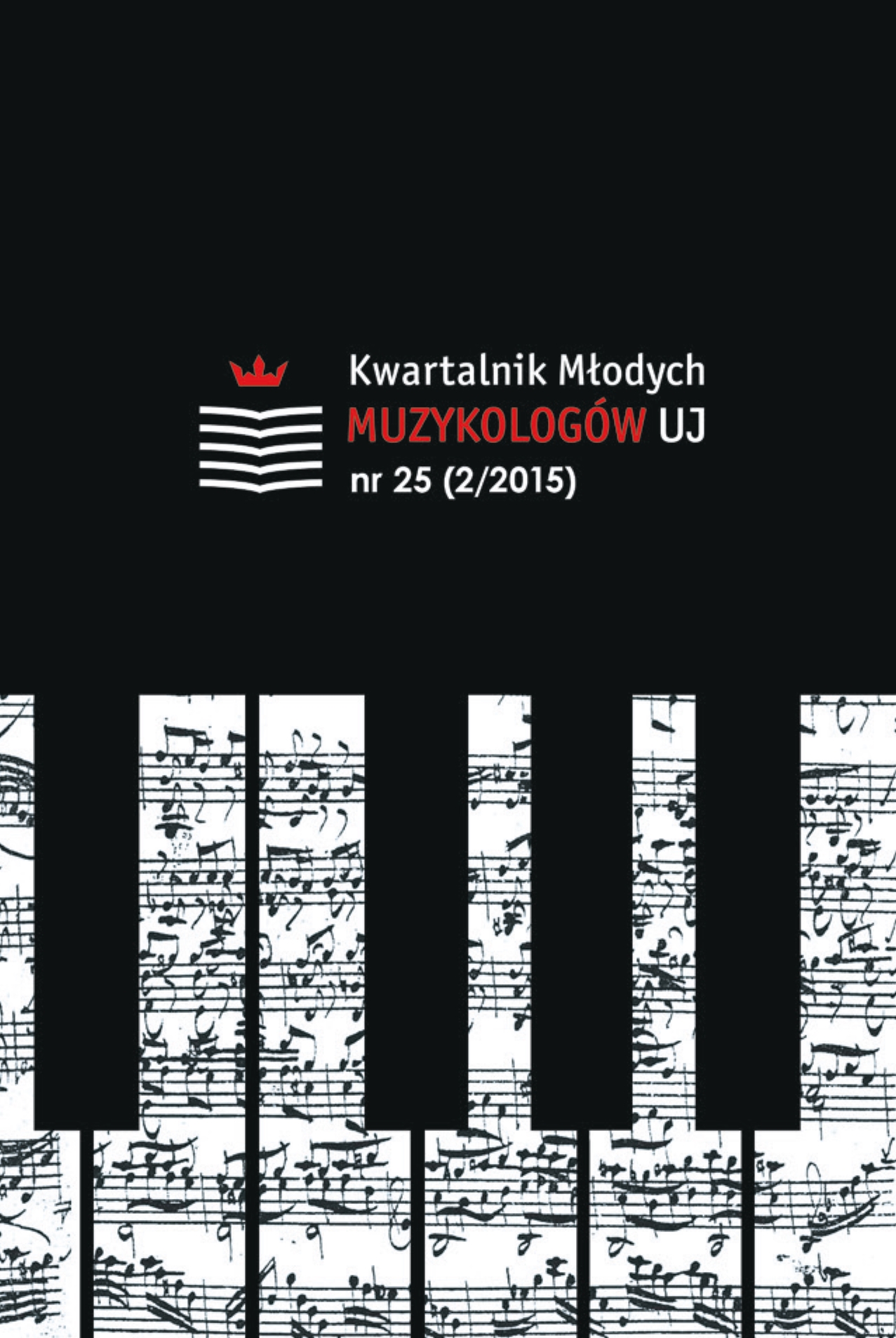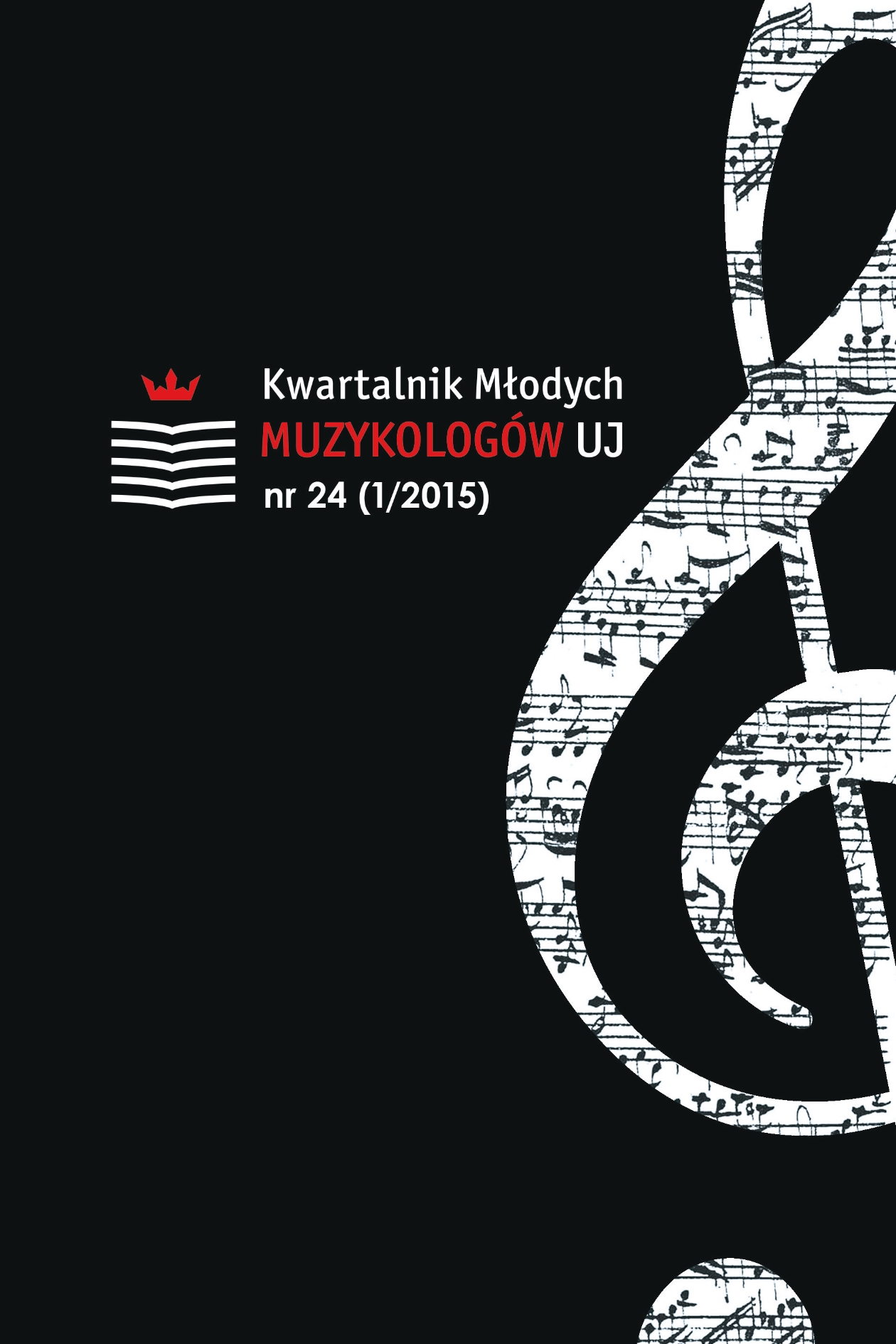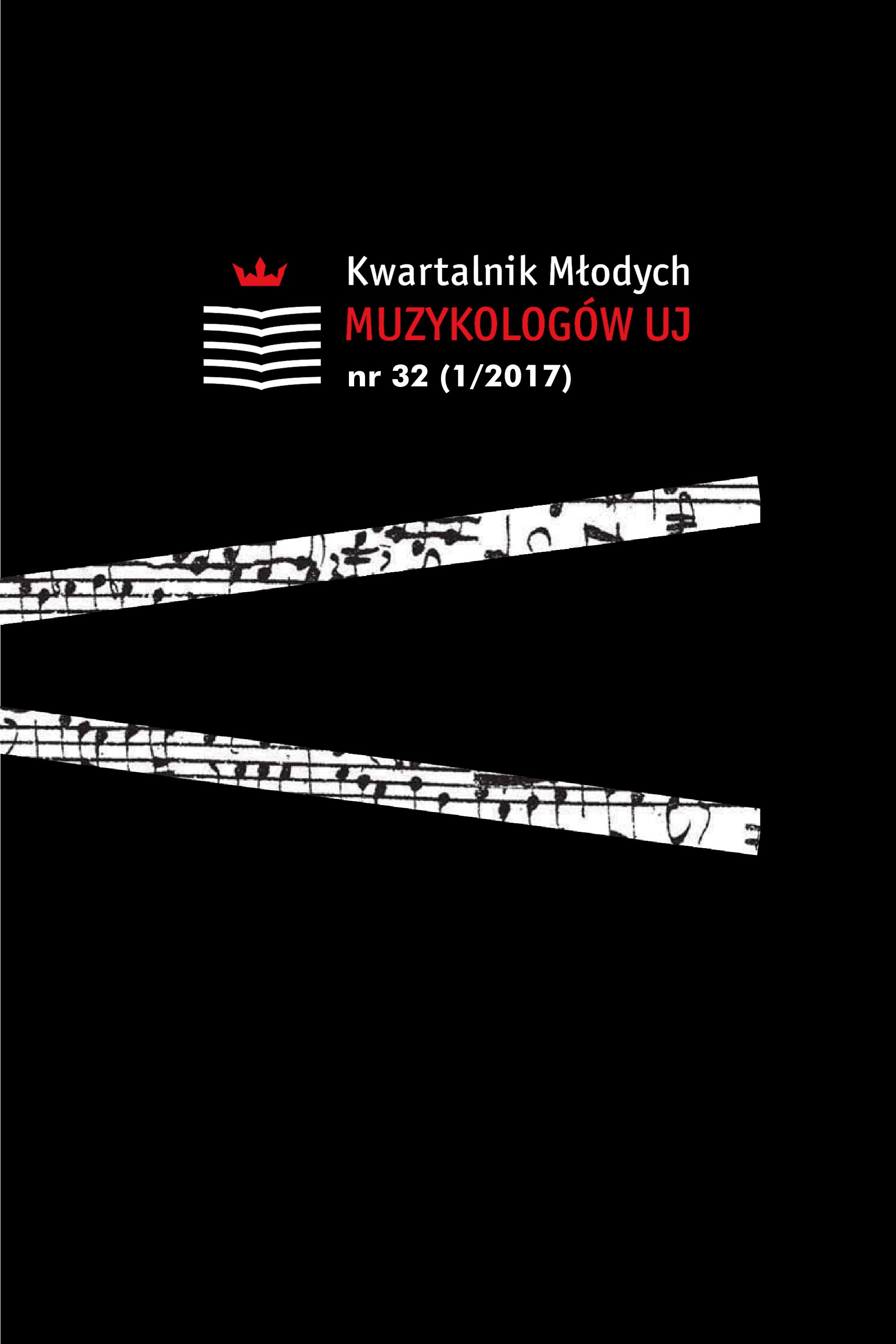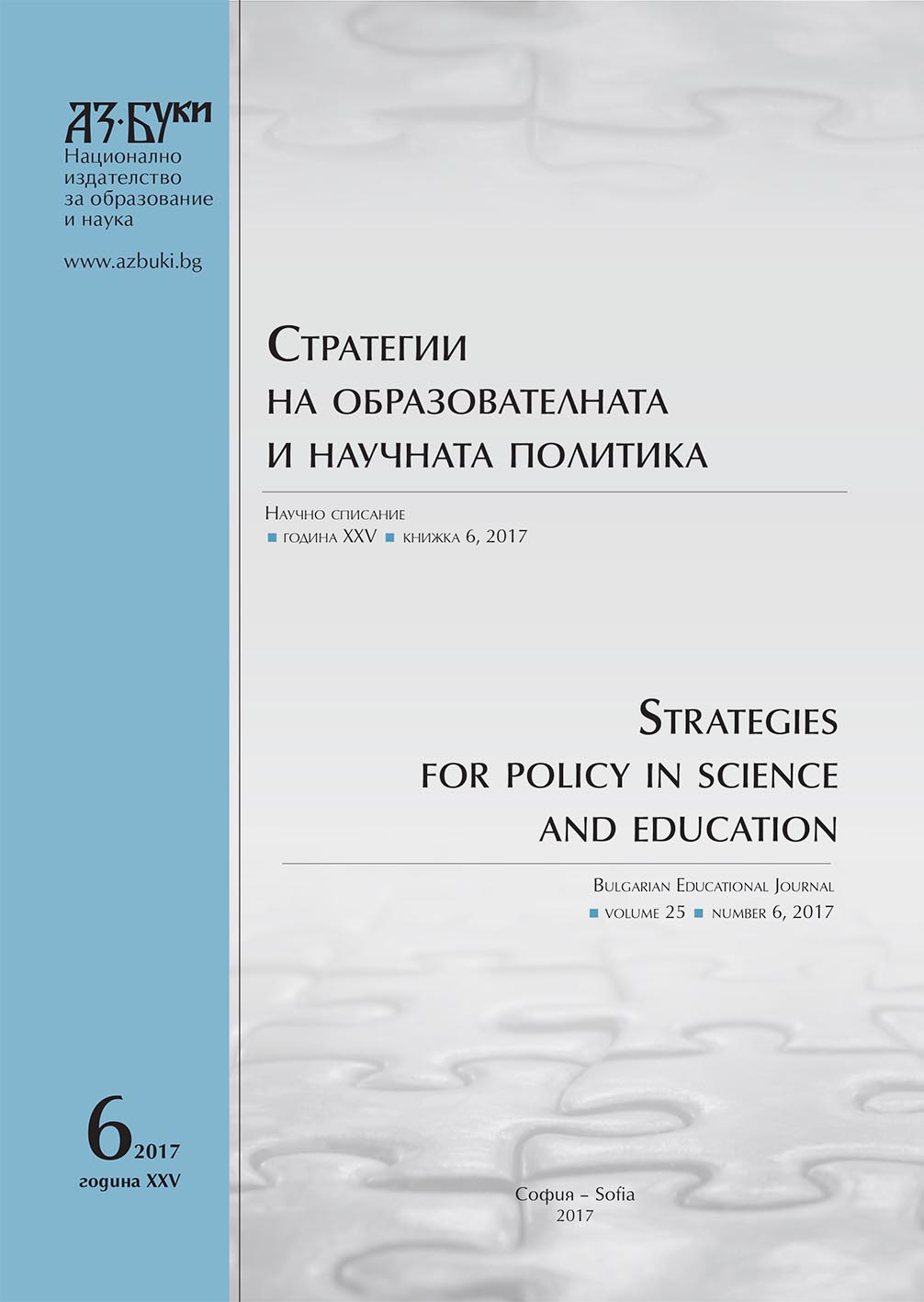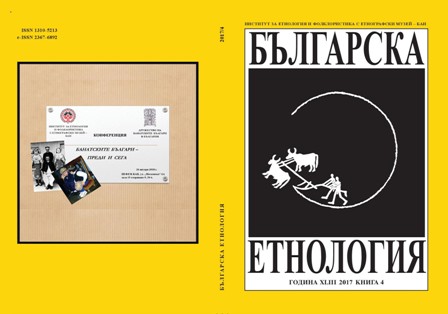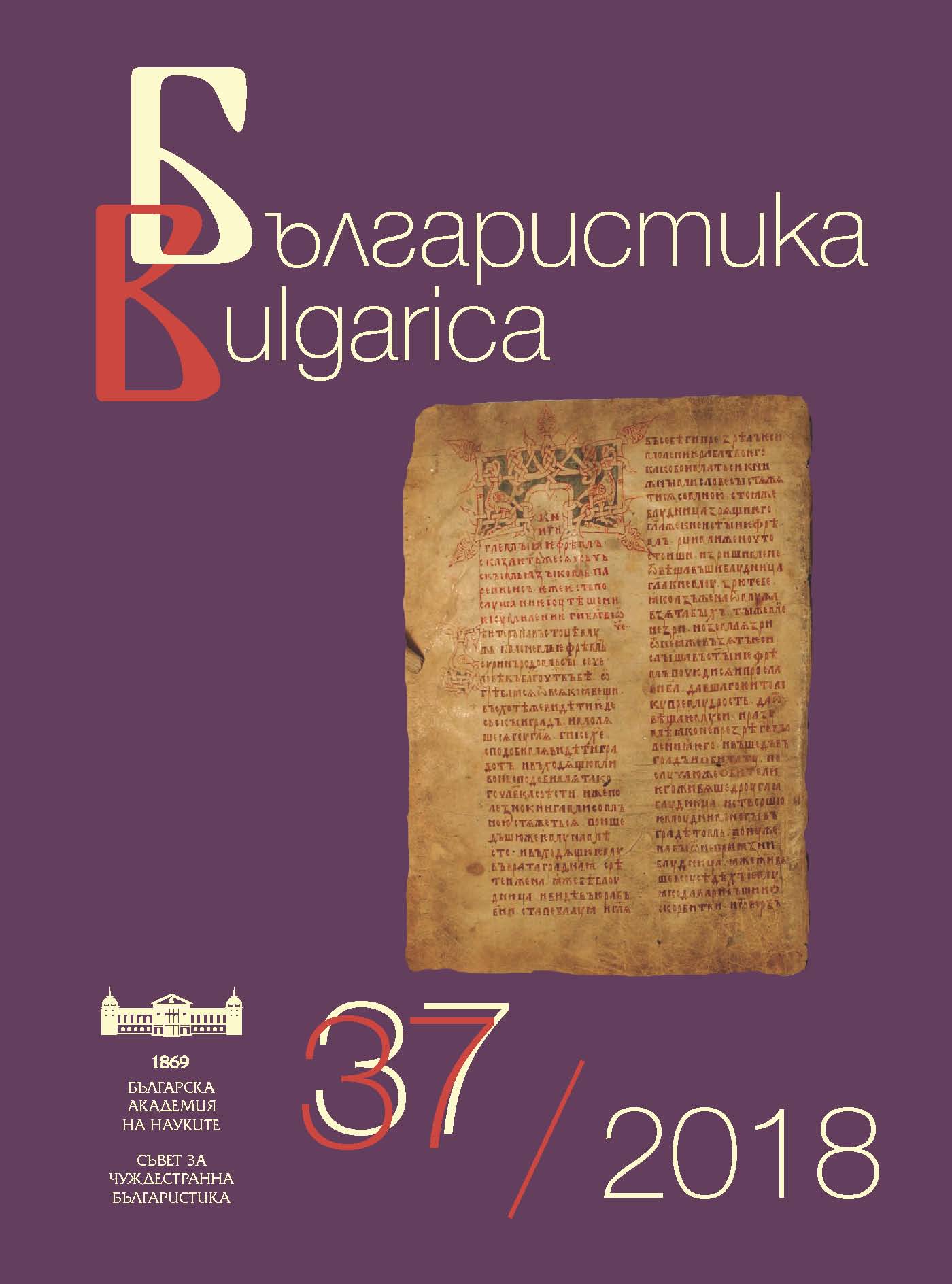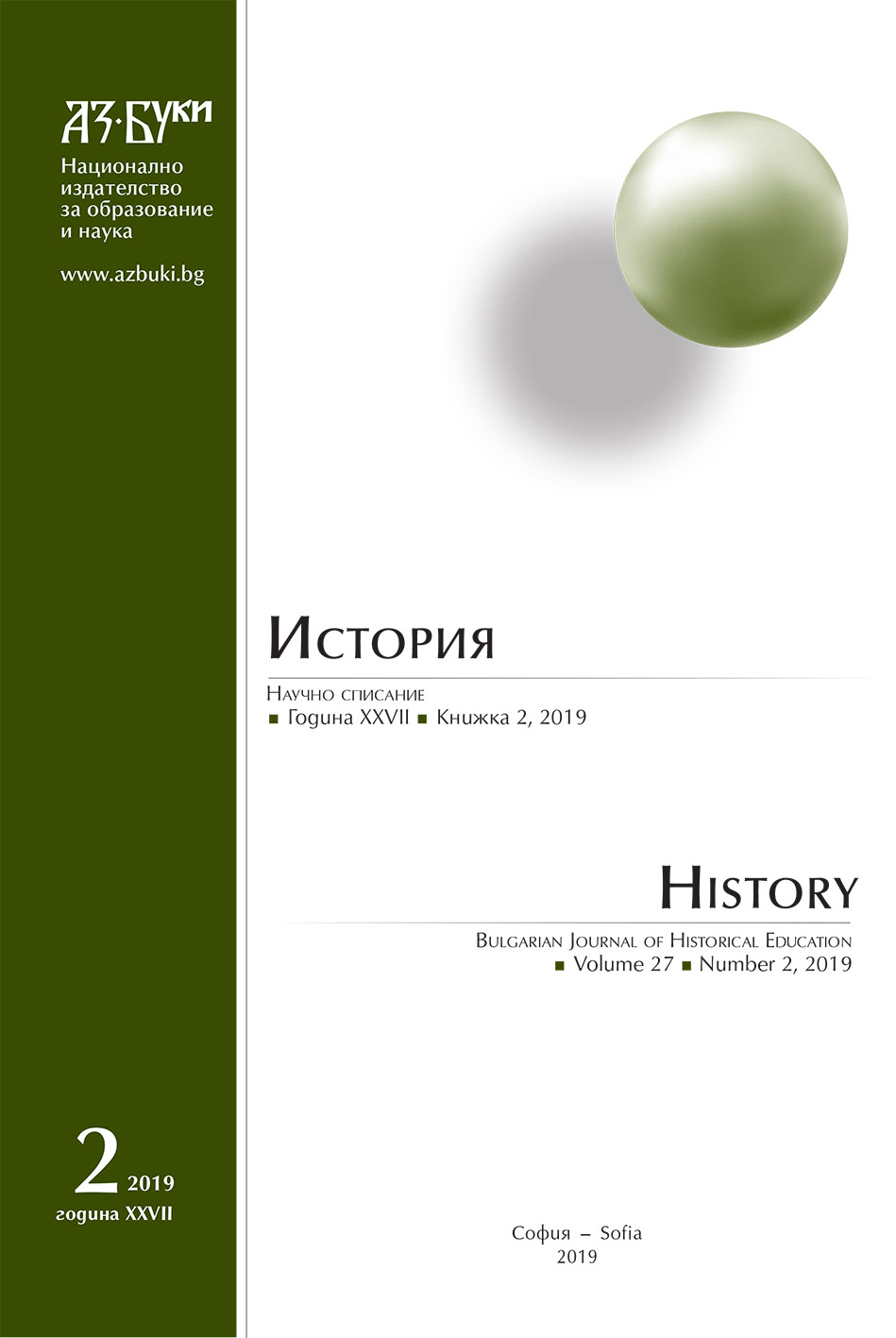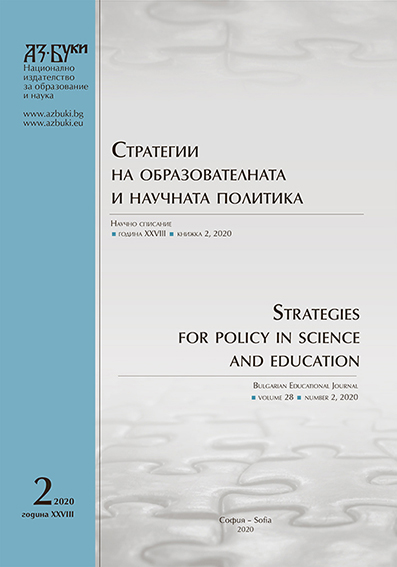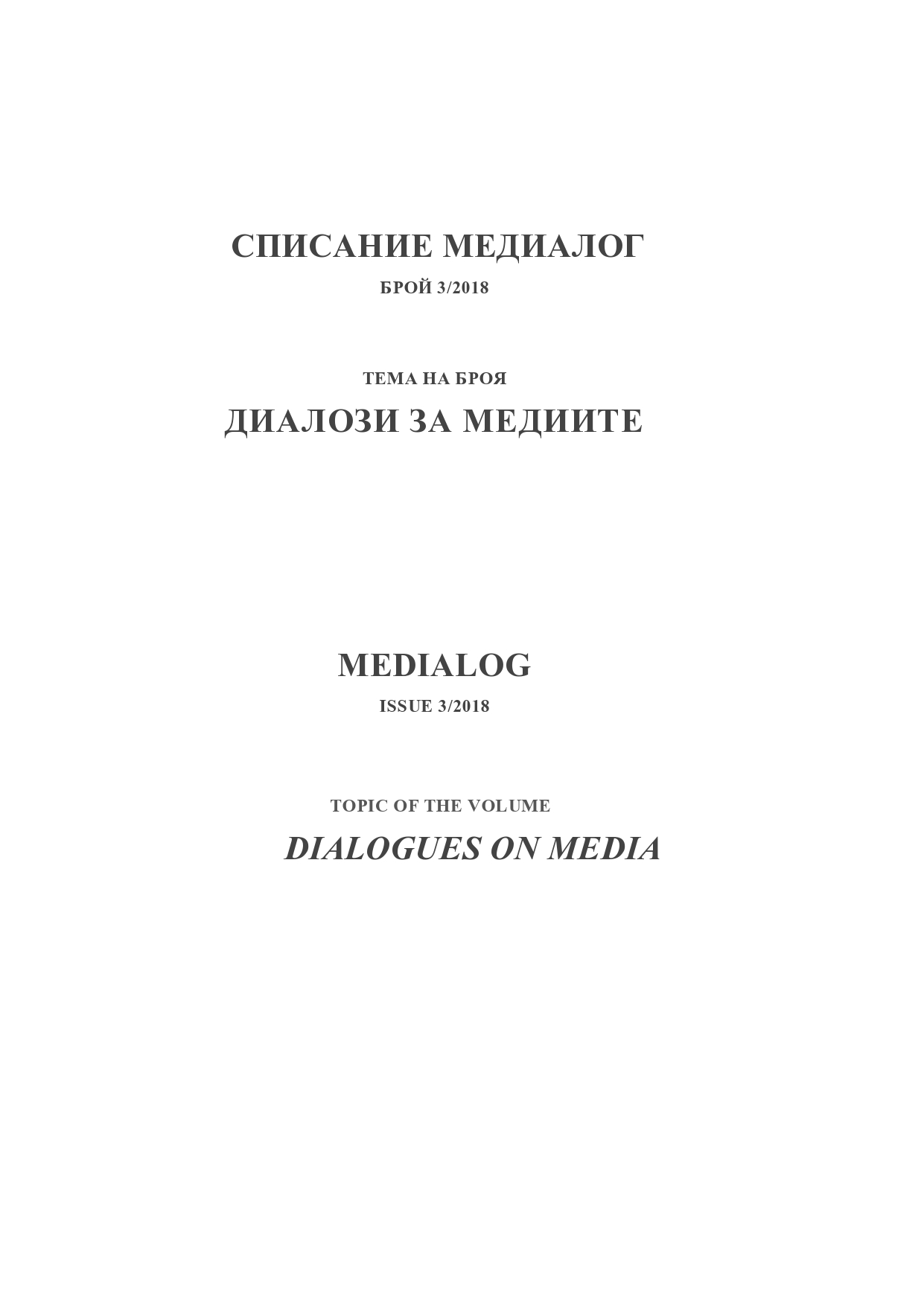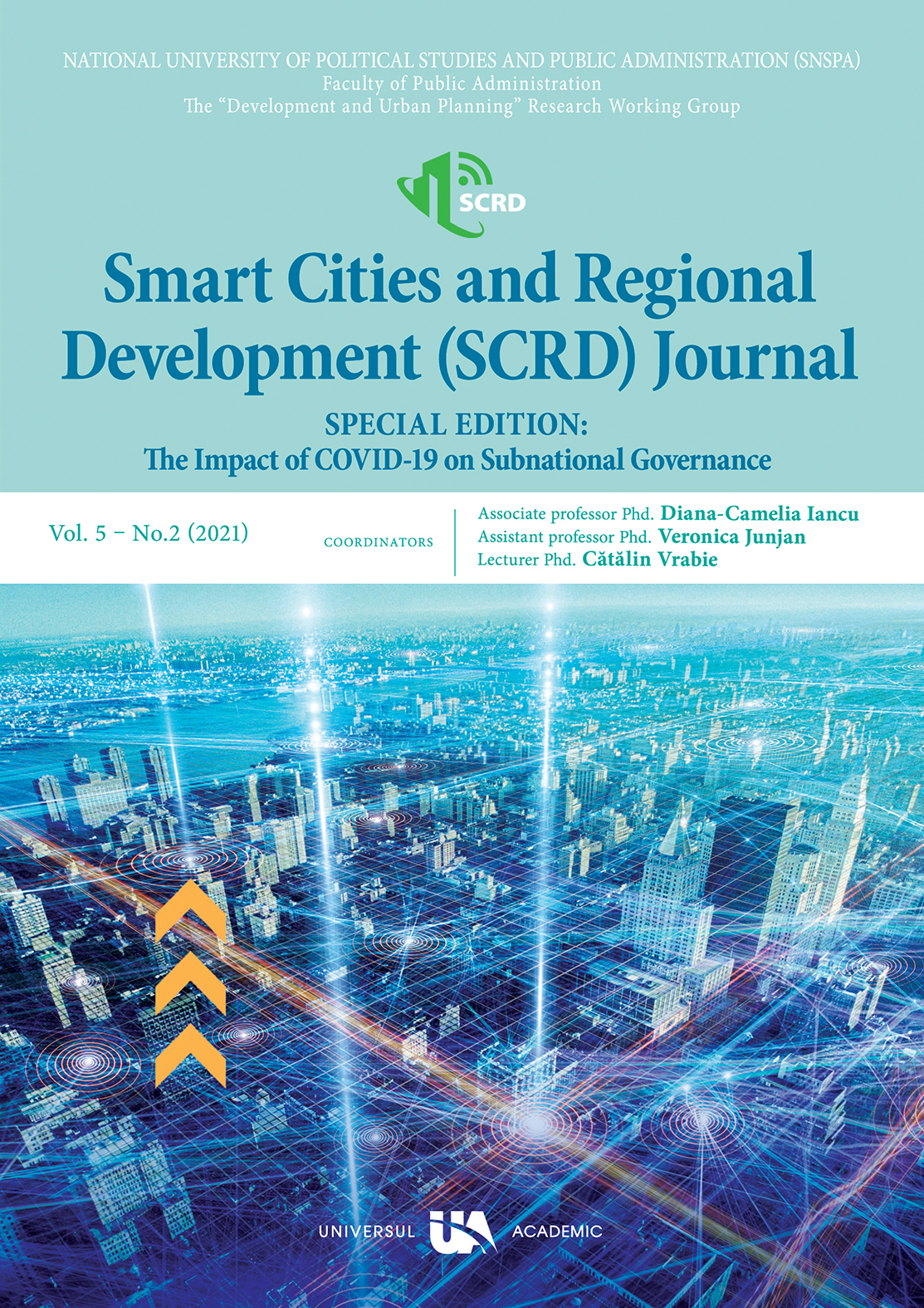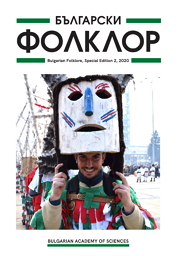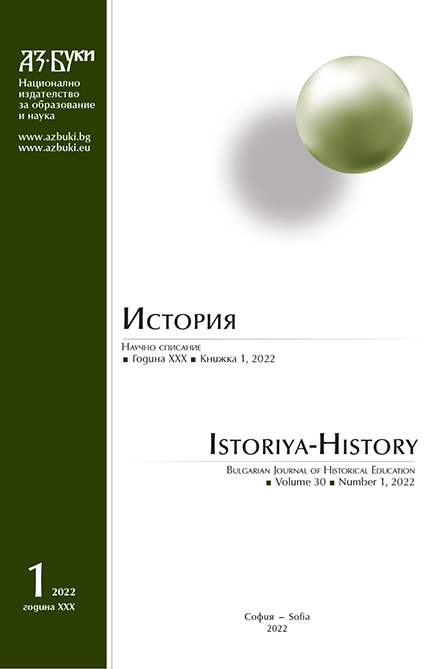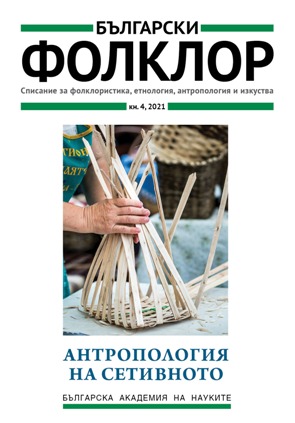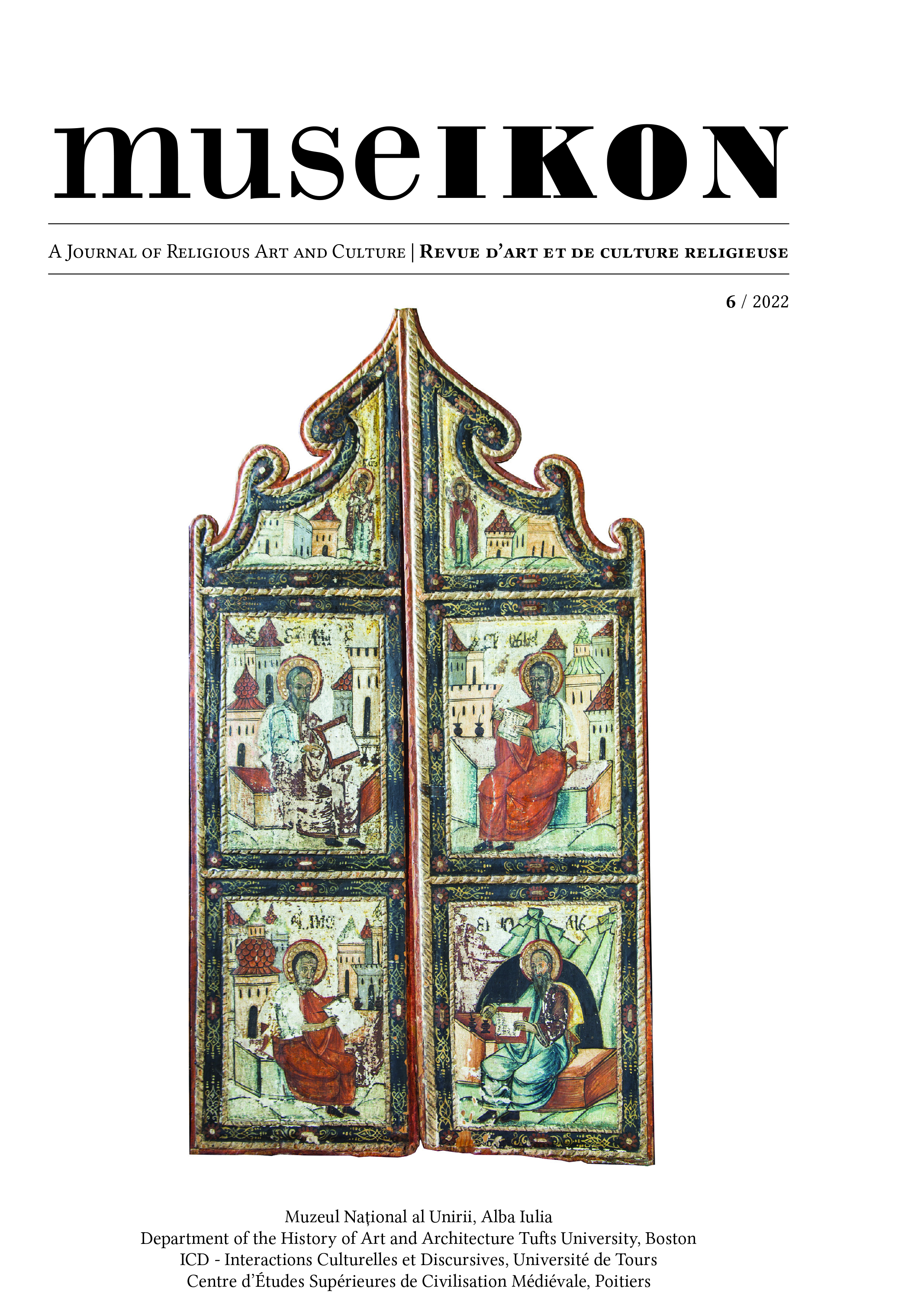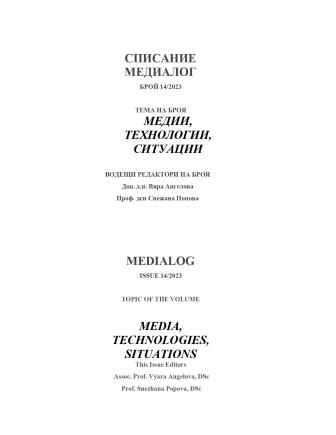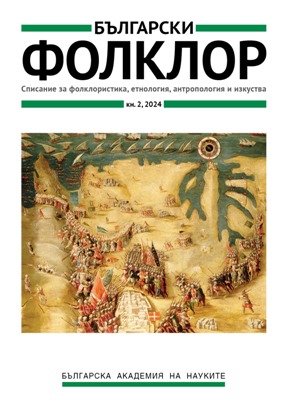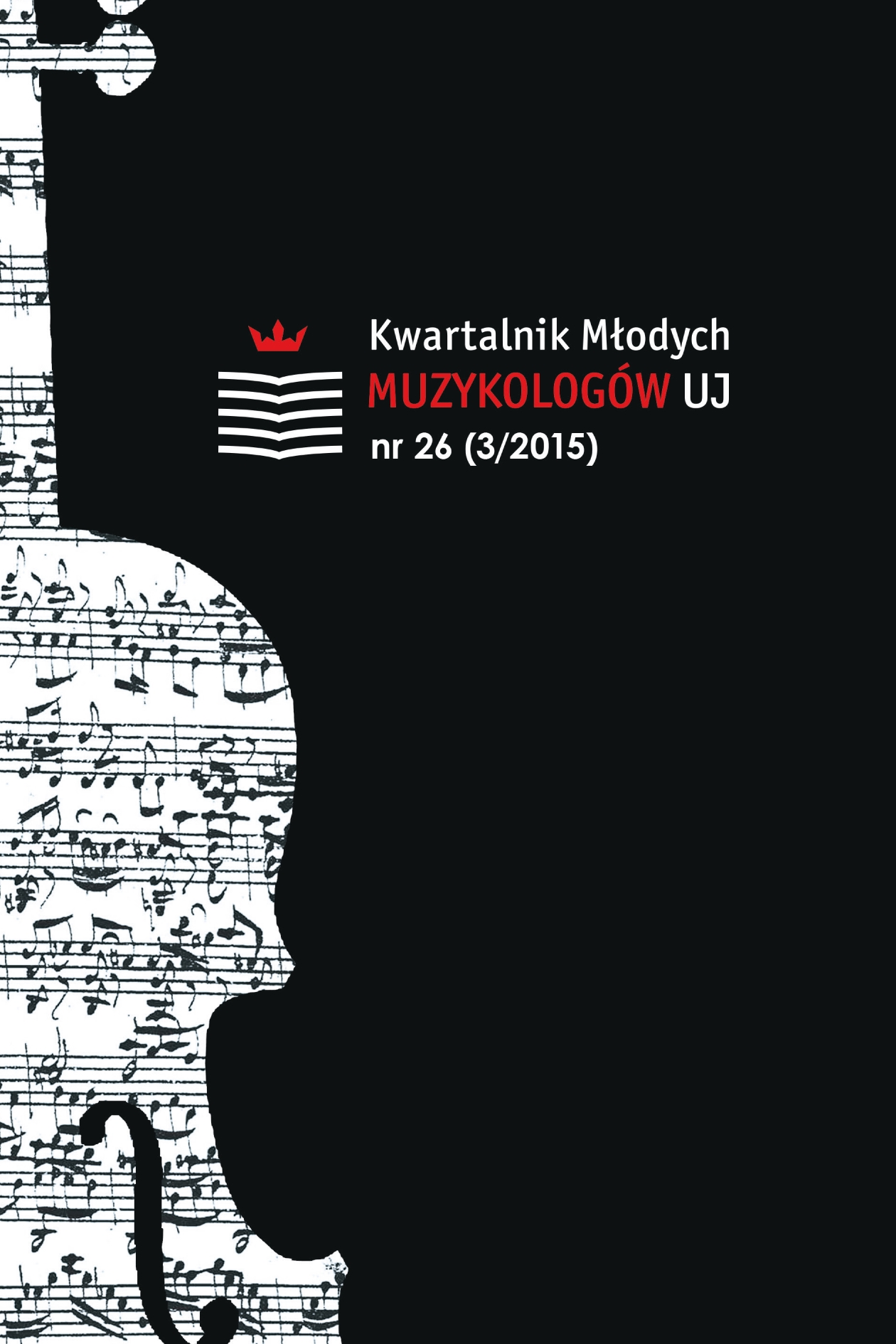
Trzy Rękopisy "Requiem in Es" Ludwika Maadera
Ludwik Maader (also quoted in sources as Lodovico or Ludovico Maader) was a composer working on Polish territory in the second half of the 18th century. He came to Jasna Góra in September 1784. He was a bandmaster until the end of 1798. Information about his life and activities is rudimentary. We know that he came to Poland from Moravia, specifically from Dub on Moravou – a small town near Olo - mouc, but unfortunately we do not know exactly his earlier activity. Requiem in Es by Ludwik Maader is preserved not only in the Ar - chives of Jasna Góra in the manuscript signed III-446. Currently we found out about four other Requiem. The source from Jasna Góra is autograph of the bandmaster and contains probably the oldest and original version of the composition. The first source is kept in the Jagiellonian Library, comes from Gidle, and was written in 1809. The second manuscript is located in the Provincial Archives of Dominican Order in Cracow and belonged to Dominican’s band in Gidle (1845). The third and fourth sources are inaccessible because of poor state of preservation. They are stored in two places: 1) Archives of the Arch - diocese of Gniezno signature II/7, belonged to the band from Grodzisk Wielkopolski, 2) Archives of the Archdiocese of Poznań – from the band in Gostyń. This article is focused on a comparison of the three manuscripts: one from Jasna Góra and two from Gidle. The author compared the content of manuscripts, the way of signing the text, vocal and instrumental parts and basso continuo.
More...
